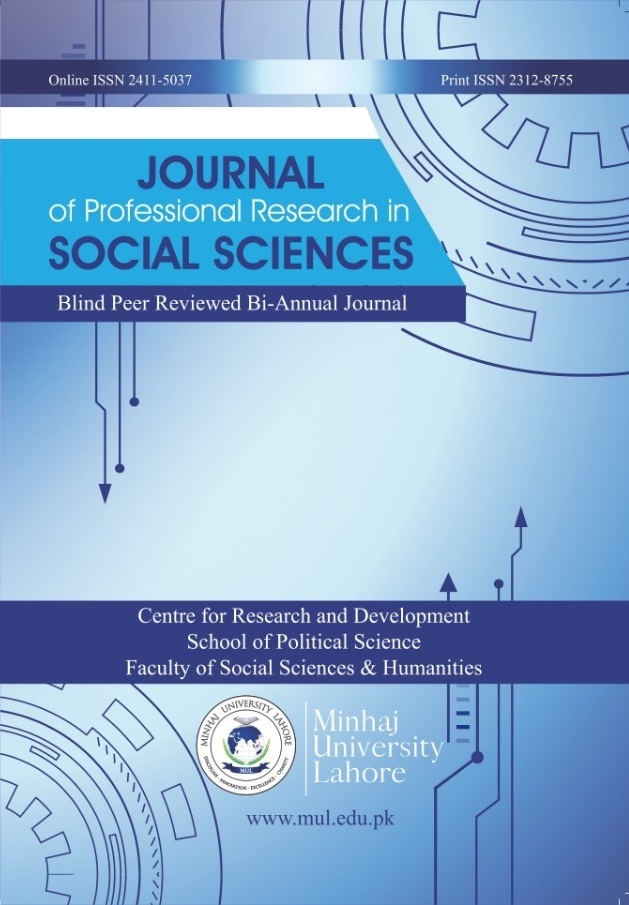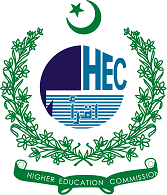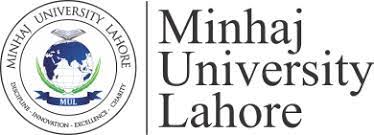Strategic Reorientation: The Geopolitical Implications of Pakistan's Alliances with China and Russia
DOI:
https://doi.org/10.58932/MULA0044Keywords:
China, Russia, Pakistan, Regional Order, Trilateralism, BRI, CPEC, Regional Security DynamicsAbstract
Currently, Pakistan serves as the entry point to Eurasia, which is becoming increasingly a reality in the context of the Russian-sponsored integration waves. This will be the component of the Belt Road Initiatives and a land bridge to the economies of Eurasia. The South Asian security framework saw numerous significant modifications due to 9/11. The two most important developments were the US decision to prioritize India and the growth of Sino-Pak collaboration. Afghanistan has frequently been compared to the Silk Road, although it was, for the most part, unstable due to the tight contact between the Great Powers. Pakistan provides most of the landlocked states in Inner Asia with ocean access. Following the Cold War, China and Russia have been protecting Eurasia against US hegemony. As a result, the two countries now cooperate militarily and economically. The narrative of the South Asian Regional Security Complex, which centers on the India-Pakistan conflict, is changing as Pakistan seeks to engage China and Russia on the economic front and possibly explores the possibility of Russia joining the defense framework in the future. The development is the most effective way to give the SARSC strategic autonomy.
References
Ahmad, S., Qamar, A. J., Bhatti, M. A. A., & Bashir, U. (2023). Integrating Islamic Ethics with Modern Governance: A Comprehensive Framework for Accountability Across Religious, Social, and Economic Dimensions. Al-Irfan, 8(15), 51-79.
Akbar, A., Ahmad, S., Nadim, M., Bhatti, M. A. A., & Khan, H. (2024). Affect of Hrm on Employee Motivation Towards Green Creativity and Initiatives. Center for Management Science Research, 2(3), 197-216.
Bharti, M. S. (2023). China’s Belt and Road Initiatives (BRI) in South Asia and its policy challenges to India in the region. South Asian Survey, 30(2), 154–174. https://doi.org/10.1177/09715231231218827
Bashir, U., Saeed, S., & Abbas, S. K. (2020). Strategies for New Product Development in an Emerging Market. Advances in Social Sciences Research Journal, 7(4), 393-397.
Chia, C., & Haiqi, Z. (2021). Russia-Pakistan economic relations: Energy partnership and the China factor. Journal of Eurasian Studies, 4(4), 20–36.
Fazal, I., & Khan, W. A. (2023). Pakistan’s efforts to enhance its geo-economic potential through collaboration with China. Annals of Human and Social Sciences, 4(4), 427–440.
Gul, A. (2024, October 16). Pakistan pushes for expansion of China’s BRI plans. Voice of America. https://www.voanews.com/a/pakistan-pushes-for-expansion-of-china-s-bri-plans/7824296.html
Ghaffar, M. A., Shair, W., Afzal, H., ul Hassan, R., & Bashir, U. (2024). Income and Income Aspiration: Exploring the Impact on Life and Financial Satisfaction. Journal of Economic Impact, 6(3), 257-263.
He, B. (2020). Regionalism as an instrument for global power contestation: The case of China. Asian Studies Review, 44(1), 79–96. https://doi.org/10.1080/10357823.2019.1691503
Hudson, J., McLeary, P., & de Luce, D. (2016). Russia missing from Trump’s top defense priorities, according to DoD Memo. Foreign Policy, 221.
Hussain, M., & Jamali, A. B. (2019). Geo-political dynamics of the China–Pakistan Economic Corridor: A new great game in South Asia. Chinese Political Science Review, 4(3), 303–326. https://doi.org/10.1007/s41111-019-00128-y
Kaura, V. (2021). The Pakistan factor in China’s Afghanistan policy: Emerging regional faultlines amid US withdrawal. India: MEI Policy Centre.
Khizar, S., & Ahmad, R. E. (2021). Pakistan’s engagement with China and Russia: Impacts on the regional order. Pakistan Social Sciences Review, 5(4), 324-336.
Kim, Y., Blank, S., & Ordabek, E. (2015). Central Asia and post-2014 Afghanistan: A new turn in Russia’s military policy in Central Asia. Korean Journal of Defense Analysis, 27(4), 523–537.
Legvold, R. (2008). The role of multilateralism in Russian foreign policy. In The Multilateral Dimension in Russian Foreign Policy (pp. 35–59). London: Routledge. https://www.taylorfrancis.com/chapters/edit/10.4324/9780203890554-10/role-multilateralism-russian-foreign-policy-robert-legvold
Mankoff, J. (2015). Russia’s asia pivot: Confrontation or cooperation? Asia Policy, 19(1), 65-87.
Munir, K., & Iqbal, W. (2022). Pakistan-China-Russia triangle: Implications on regional security. Pakistan Vision, 23(1), 35-48. https://pu.edu.pk/images/journal/studies/PDF-FILES/3_v23_1_22.pdf
Muzaffar, M., & Khan, I. (2016). China-Russia relations after the cold war. Orient Research Journal of Social Sciences, 1(2), 151–169.
Muzaffar, M., Shah, S. T. A., & Yaseen, Z. (2018). Pax Sinica in Asia: Chinas emergent geopolitics of economic corridors and dream of leadership. Global Political Review, 3(1), 101–109.
Pradhan, R. (2020). Geopolitics of energy in Central Asia: India’s position and policy. India: Routledge. https://www.taylorfrancis.com/books/mono/ 10.4324/9781003142423/geopolitics-energy-central-asia-ramakrushna-pradhan
Sultan, B., & Mehmood, A. (2020). Pakistan and the BRICS plus in the new era: A perspective of neo-functionalism. Asian Journal of Middle Eastern and Islamic Studies, 14(3), 447–463. https://doi.org/10.1080/25765949.2020.1808380




